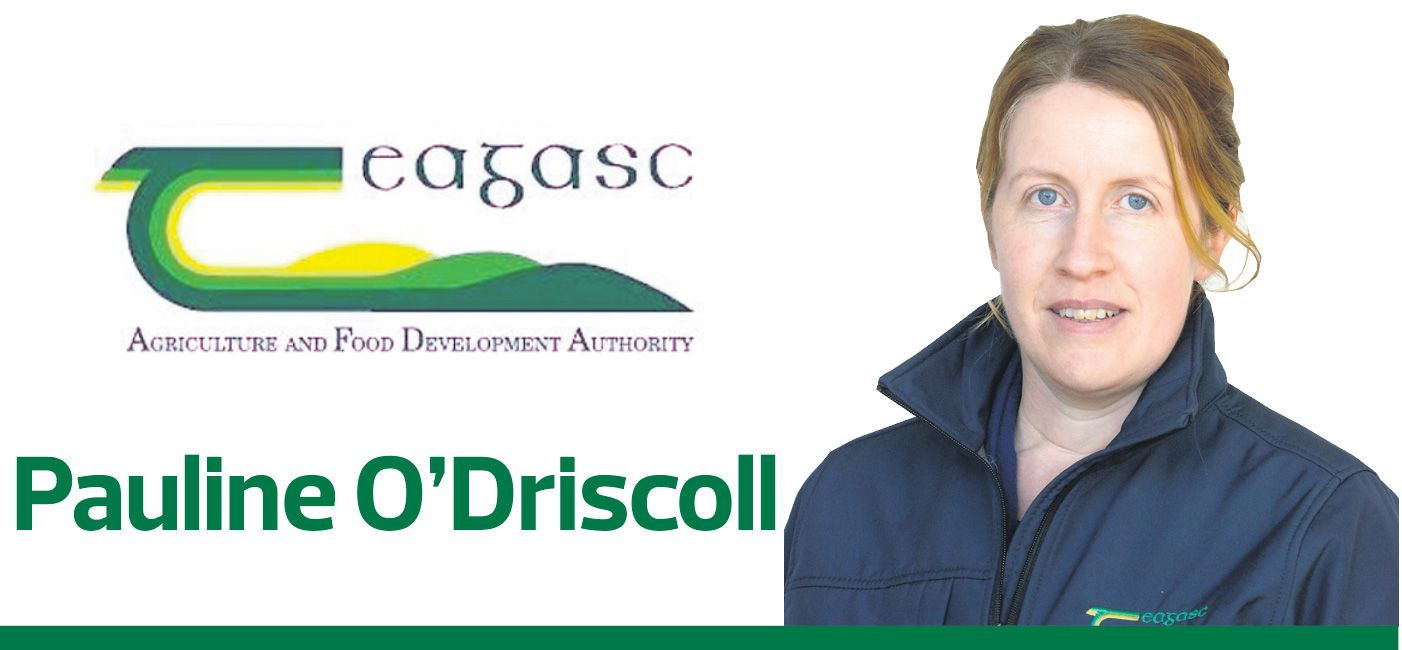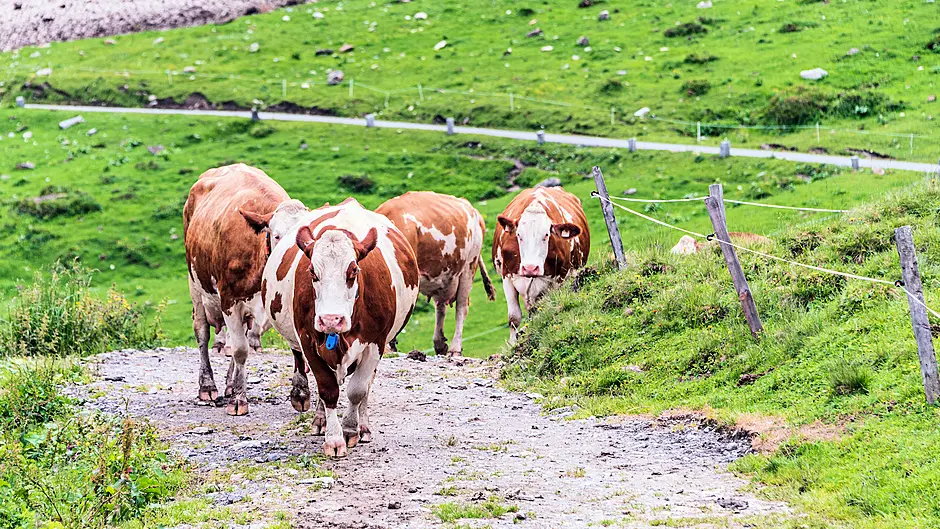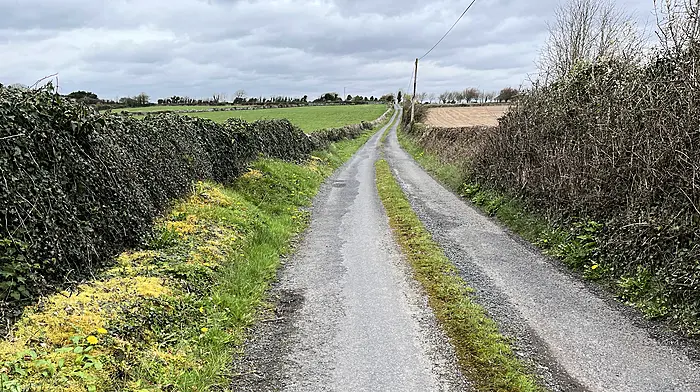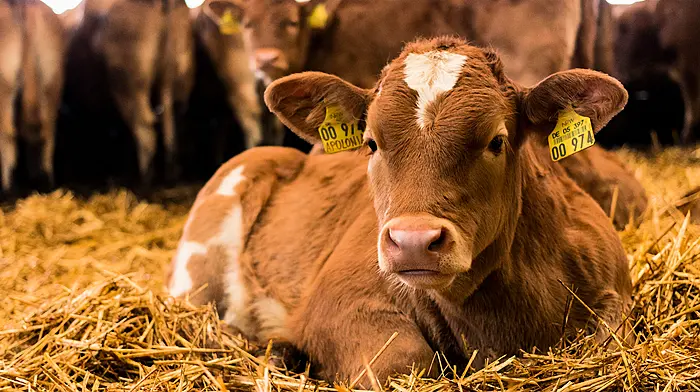
FARMERS are being asked to reduce greenhouse gas emissions (GHG) from their farming system to control global warming. But where do you start?
Many dairy and beef farmers have a carbon emissions figure available to them, but many are not aware of this information.
After each Bord Bia audit, all certified dairy and beef farmers receive a Farmer Feedback Report from Bord Bia with their farm’s carbon footprint as well as an assessment of farm productivity, nutrient management, grassland, animal feeding and farm safety.
The carbon footprint refers to how much greenhouse gases (GHG) are emitted from an activity such as the production of milk or meat or driving a car or taking a flight.
The emissions of all GHG gases are expressed as carbon dioxide equivalents (CO2 Eq). In farming, the production of every kg of milk or meat or grain, has a carbon footprint.

So, how is the carbon footprint calculated?
There are four sources of data required to complete an accurate calculation of a farm’s carbon footprint, using the Teagasc model.
They are: animal identification and movements database (aim) – DAFM – beef and dairy; daily live weight gain - Irish Cattle Breeding Federation (ICBF) – beef only; milk production data – dairy processors – dairy only; and sustainability survey – scheme members – beef and dairy.
The sustainability survey is the only data source required for the carbon footprint calculation that is collected directly from the farmer.
So how does the information provided in the sustainability survey relate to the carbon footprint?
Turnout and housing influences the calculation of manure storage emissions, grazing and digestion related emissions.
Manure management calculates the emissions from the application and storage of manure on the farm.
Concentrate feeding rates calculates the emissions associated with the production of concentrate feed fed to animals.
Fertiliser application data are required to track the emissions from the production of fertilisers and minerals and the emissions related to the application of fertiliser to the land.
It is important to note that inaccuracies in the data provided via the sustainability survey can result in an inaccurate carbon footprint and grass-fed result, and farmer feedback report.
The farmer feedback report is posted to the farmer within one week of certification of the Bord Bia audit. It can also be accessed from the audit portal website, farm.bordbia.ie using your herd number and pin (which you can reset if you have forgotten it).
Where do you find the carbon footprint on the report?
The carbon footprint is displayed on the first page of the report. The example here is for a dairy farm – the carbon footprint for this farm is 1.10 kg CO2 / kg FPCM which is 3% lower than it was in 2018 and compares well to the national average for herds of 125-150 cows which have a carbon footprint of 1.15. The carbon footprint for beef farms is presented in a similar format but expressed as kg CO2 / kg live weight.
Contact your Teagasc advisor to discuss the carbon footprint for your farm and the actions you might take.
• Pauline O’Driscoll is a business and technology dairy advisor in Skibbereen.










